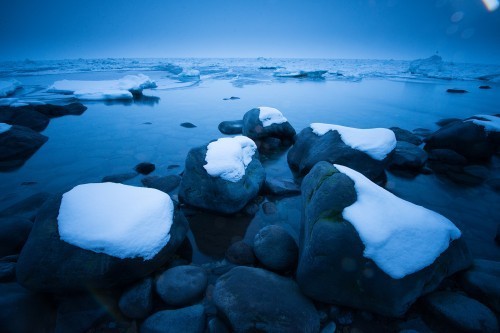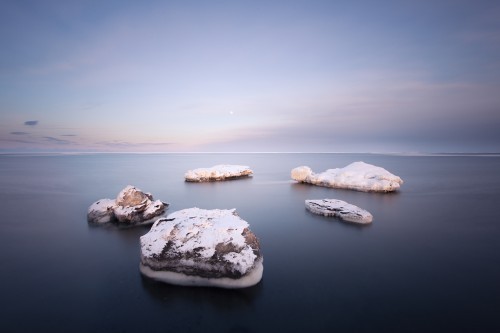Why Sketch?
I’m a big believer in sketch photographs, making frames you know aren’t working but have some idea in them you want to explore. The alternative is to believe that all the images I make that don’t work the way I had hoped are failures and I don’t believe in the notion of failure in creative endeavors. At least not in terms of failed efforts. Buckminster Fuller said there was no such thing as failed experiments, only experiments with unexpected outcomes. The same is true of our work behind the viewfinder. If an image or series of images doesn’t fully align with your vision or intent, there’s still that thing within it that made you raise the camera. Identify that thing, hold it back in your memory, add it to the bucket of paints you have yet to use. Your brain will do the rest. And then one day, maybe weeks later, maybe years, you’ll see the fuller expression of that thing you tried to capture previously, and the pieces will come together. But not if you’ve written it off as a failure and abandoned the thing. Here’s an example:
When I was in Hokkaido in January I was captivated by the snowy-headed rocks you see at the top of this post. A circle of elders? Something about companionship? I wasn’t sure, but I loved the repeated elements, the way they sat there on the edge of nothing, seemingly waiting together. I loved the circle they formed. But there was much about it that I didn’t love. It just didn’t work for me. But that doesn’t mean I didn’t work for it. I made several frames, played with the shapes, asked myself questions, and then filed it away, not as a failure but an idea I need to work on.
And that’s the power of the red car effect. You don’t notice how many red cars are out there until you fall in love with one. Or buy one. Or are saving to buy one. Then it’s all you can think about, all you can see. So it is with these ideas that sit incubating in our brains, these compositions that didn’t work in one scene but that are out there, somewhere. So when you do see it, you’re receptive – you’re not just looking, but perceiving. It’s why I keep an actual sketchbook of possible compositions, shapes that play together in new ways, new ways of placing elements in the frame to play with scale or balance. The more possible compositions your brain plays with, the more readily you’ll see then when they appear. The red car appears and your brain is more ready to notice it.
So when a week later I was on the edge of the sea in another part of Hokkaido I saw the same composition waiting for me to play with it, to see if this time there was something simpler, without the background chaos. And there was. My five elders waiting in a circle on the edge of the void, this time under a perfect full moon, at dusk. Sketching gets me to these places. It also re-frames my creative play in more positive ways than words like “failure” or “crap” can do.





